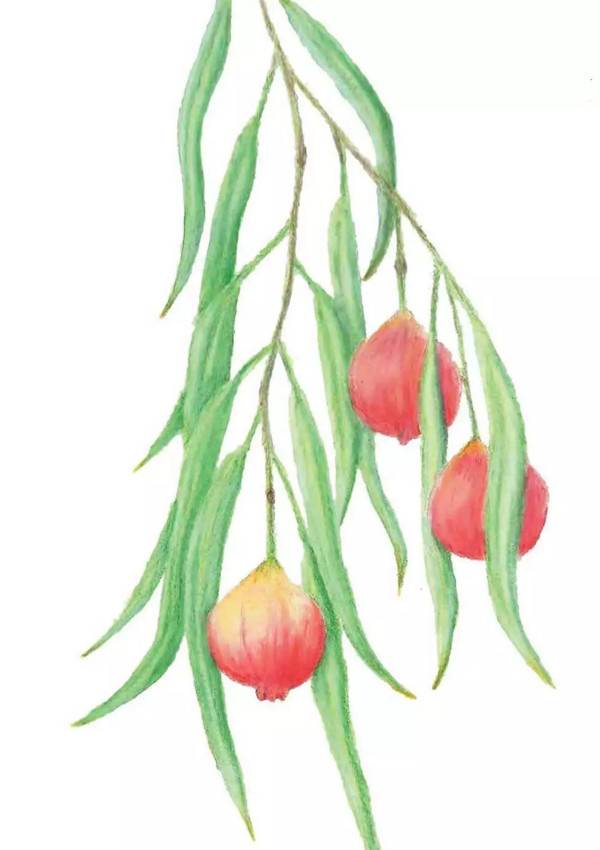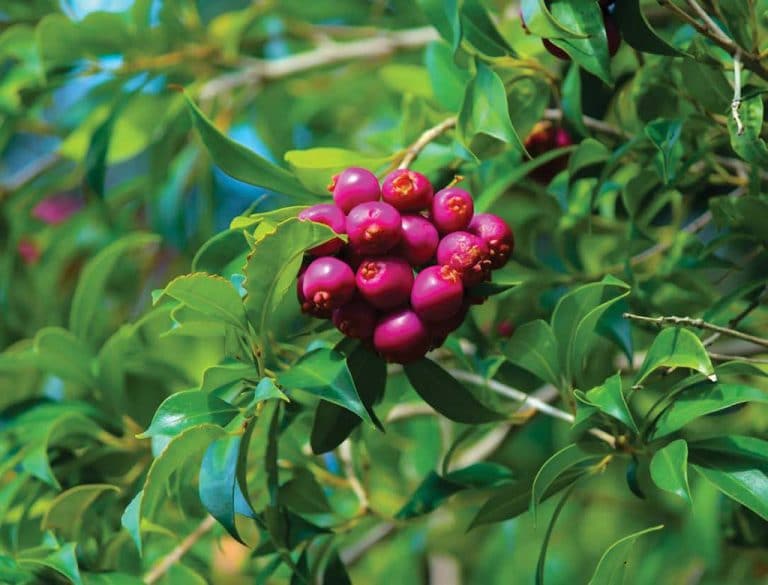Urban Foraging – Amaranth

Amaranth is a common and highly nutritious weed easily recognised by its beautiful but rather peculiar nodding seed heads.
What Is Amaranth?
Amaranth (Amaranthus retroflexus) is an ancient grain, one of the first domesticated wild plants in Southern America, cultivated for at least 8000 years. High in iron, protein, magnesium and potassium, its value was recognised in ceremonies by the Aztec civilisation and mirrored today by its status as a so-called superfood.
There are about 70 species of amaranth, all edible, and many of them have become successful colonisers (or weeds), making it a reliable food source in many cultures. Many of the species turn into tumbleweeds, helping the spread of the seed. Amaranth is eaten all around the world including South India, where it is known as kuppacheera; Greece (called vlita) and China (called yin choi).


